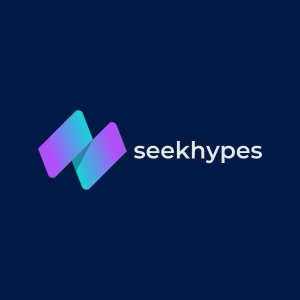In today’s classrooms, one of the biggest challenges teachers face is keeping students genuinely interested in what they’re learning. Too often, lessons feel disconnected from real life, and students end up memorizing information only to forget it after the test. Project-Based Learning, or PBL, offers a refreshing change. It shifts the focus from rote memorization to exploration, creativity, and hands-on problem-solving. Instead of learning about concepts in isolation, students dive into real-world projects that make learning both meaningful and engaging.
At its core, Project-Based Learning is about curiosity. It begins with a driving question—something open-ended that invites students to wonder, investigate, and create. Rather than simply being told what to learn, students take ownership of their learning journey. They research, collaborate, and design solutions that connect directly to the world around them. This sense of purpose transforms the classroom into a space of inquiry and innovation, where mistakes become opportunities to learn rather than failures to avoid.
What makes PBL so powerful is its ability to connect learning to life. When students see how their schoolwork relates to real issues—like designing sustainable energy systems, creating awareness campaigns, or analyzing local community challenges—they feel that their ideas matter. This relevance naturally sparks engagement. Learning stops being just an academic exercise and becomes something personal and authentic.
Collaboration is another essential part of the process. Working in teams teaches students how to communicate, compromise, and build on each other’s strengths. They learn that different perspectives can make their projects stronger, and they develop social and emotional skills that traditional classroom tasks rarely address. Teachers, in this environment, become guides and mentors rather than lecturers. Their role is to support, question, and encourage students as they find their own paths forward.
Of course, Project-Based Learning isn’t without its challenges. It takes time to plan meaningful projects, and balancing freedom with structure can be tricky. Some students struggle at first with the open-ended nature of PBL, especially if they’re used to having every step laid out for them. But with guidance and reflection, they learn to take responsibility for their work—and that sense of ownership can be transformative.
Ultimately, Project-Based Learning invites students to become creators rather than consumers of knowledge. It reminds them that learning isn’t confined to textbooks or classrooms; it’s something alive, dynamic, and deeply connected to the world they inhabit. When students are given the chance to explore ideas that matter to them, engagement follows naturally. They don’t just learn for the sake of passing a test—they learn because they want to understand, contribute, and make a difference.

